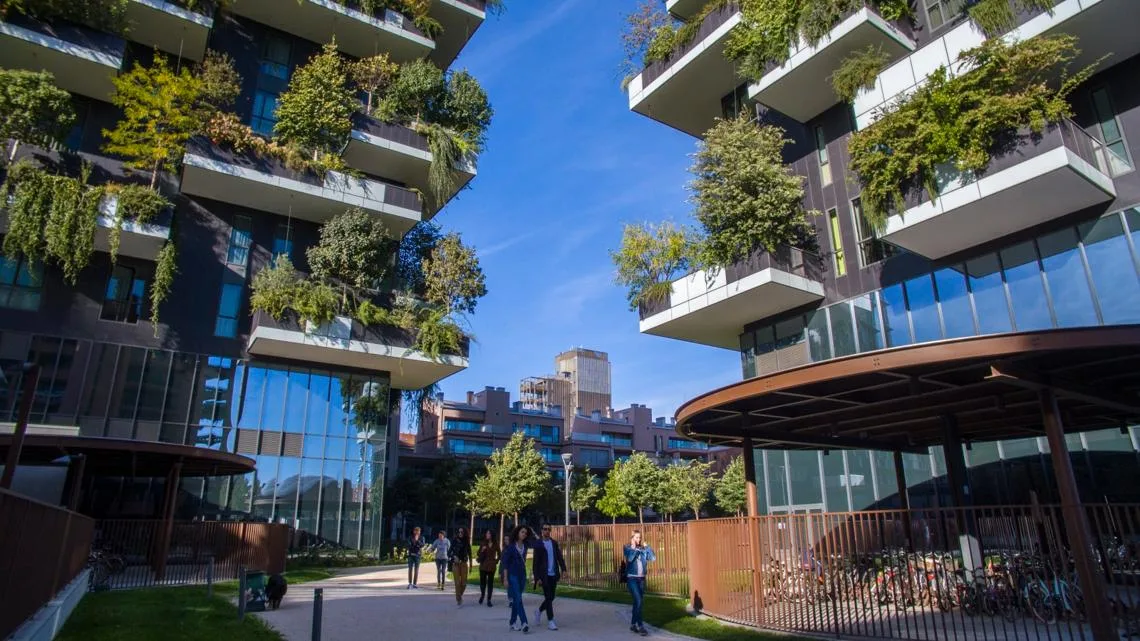The Building System Carbon Framework
Published: July 9, 2020

The built environment is responsible for almost 40% of the global energy and process-related CO2 emissions. To meet the Paris Agreement and limit global warming to 1.5°C, we need to reach net-zero emissions across all activities in the building and construction system.
The goal is for all new buildings to operate at net-zero emissions by 2030 at the latest, and for all buildings to operate at net zero by 2050.
To achieve this, alignment and collaboration between all companies of the building and construction system is crucial.
This report proposes a new framework that can be used as a common language for carbon emissions, by all actors of the built environment.
The framework enables each user to identify the best emissions-reduction strategies for their part of the value chain and allows the stakeholders to make informed decisions based on clear and transparent information.
Using a common metric and a full life-cycle approach, the framework facilitates collaboration across the value chain, where common solutions can be developed and implemented to help achieve system decarbonization.
The Building System Carbon Framework is neutral on materials and solutions. It bridges embodied and operational carbon, which is a vital prerequisite for reaching net zero in the built environment.